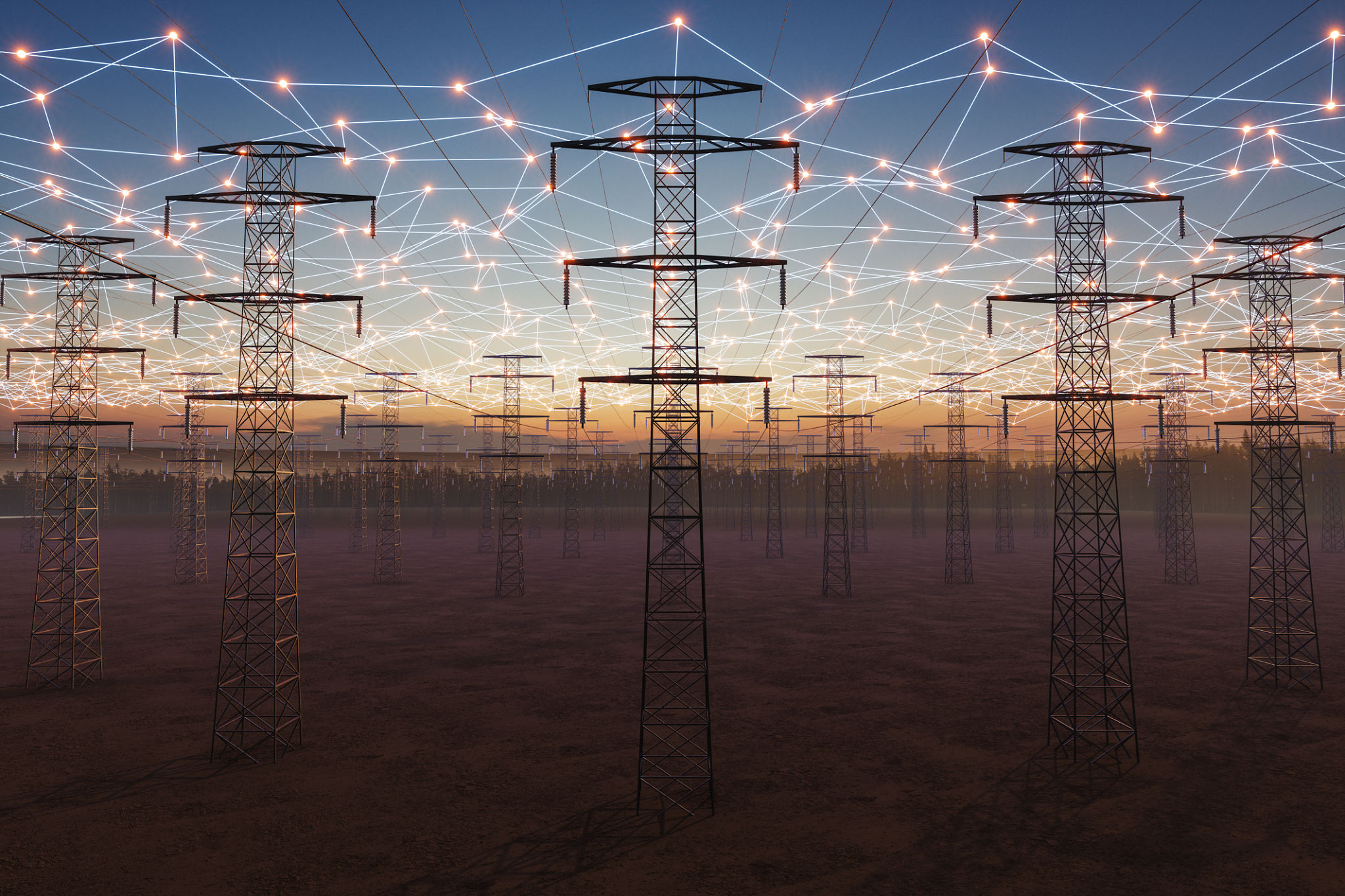How to Install a Generator: A Step-by-Step DIY Guide
Installing a generator can be a rewarding and practical DIY project, especially if you're prone to power outages. Having a backup generator ensures that your essential appliances and systems continue to operate smoothly during an outage. In this guide, we'll walk you through the step-by-step process of installing a generator safely and effectively.
Gather Your Tools and Materials
Before you begin the installation process, it's essential to gather all the necessary tools and materials. Here's a basic checklist to get you started:
- Generator
- Transfer switch
- Fuel supply (gasoline, propane, or natural gas)
- Extension cords (if needed)
- Wrenches and screwdrivers
- Circuit tester
- Safety gear (gloves, goggles, ear protection)

Select an Appropriate Location
Choosing the right location for your generator is crucial for both safety and efficiency. It's best to install the generator outdoors in a well-ventilated area to prevent carbon monoxide buildup. Ensure the location is dry, level, and at least five feet away from windows, doors, and vents.
Consider Noise Levels
Generators can be noisy, so it's wise to place it as far from living spaces as possible. Consider using a noise-reducing enclosure or soundproofing materials if noise is a concern. Additionally, check local regulations regarding noise levels and generator placement.

Install the Transfer Switch
A transfer switch is a crucial component that safely connects your generator to your home's electrical system. It prevents back-feeding, which can endanger utility workers and damage your generator. Here's how to install it:
- Turn off the main power supply to your home.
- Mount the transfer switch near your main electrical panel.
- Connect the transfer switch to your home's circuit breaker panel following the manufacturer's instructions.
- Label the circuits to be powered by the generator.
Ensure all connections are secure and double-check your work before proceeding.
Connect the Generator
With the transfer switch installed, it's time to connect your generator. Follow these steps:
- Place the generator on a stable surface.
- Connect the generator to the transfer switch using a suitable power cord.
- Ensure the generator is off and the fuel supply is turned on.
- Start the generator and let it warm up for a few minutes.
Once the generator is running smoothly, switch the transfer switch to the "Generator" position to power your home's circuits.

Test Your Setup
After completing the installation, it's crucial to test your setup to ensure everything functions correctly. Turn on various appliances and lights to check if they receive power from the generator. Monitor the generator for any unusual noises or vibrations, and address any issues promptly.
Regular Maintenance
To keep your generator in top condition, perform regular maintenance. This includes checking the oil level, inspecting fuel lines, and testing the generator periodically. Replace the oil and air filters as recommended by the manufacturer to ensure optimal performance.
By following these steps, you can successfully install a generator and enjoy peace of mind knowing you're prepared for any power outage. Always prioritize safety and consult a professional electrician if you're unsure about any step in the process.